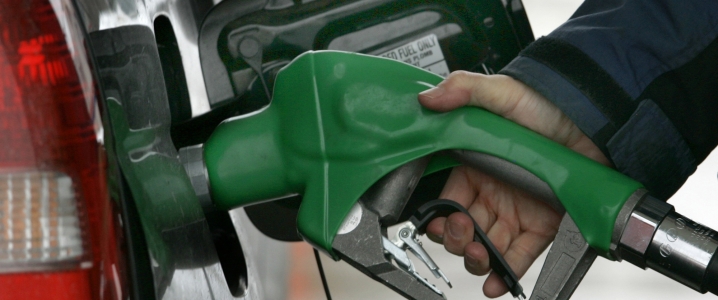It’s a plight that affects all international oil majors, ranging from UK-based BP, to Irving Texas-based ExxonMobil, the world’s largest publicly traded oil company, to China’s state-owned oil and gas behemoths - their revenue and profits are largely dictated by not only cost cutting, exploration and production and the other myriad of things these companies are known to be good at - but the rise and fall of global oil prices, a dynamic that is out of their control.
Yesterday, PetroChina, the publicly listed arm of state-run oil major Sinopec, said in a filing on the Shanghai Stock Exchange it expects net profit in the first six months of this year to increase by between 13.5 billion yuan ($1.98 billion) to 15.5 billion yuan from the first half of 2017, up by 107 percent to 122 percent from the same period a year ago.
PetroChina’s net profit is forecast to be 26.17 billion yuan ($3.84 billion) to 28.17 billion yuan in the first six months of 2018. Based on net profit of 12.67 billion yuan in the first half of 2017, that would mark the highest six-month profit for the company since 2015.
The company said the increased profit comes as a result of cost optimization and increased prices of natural gas, crude oil, refined oil and other products. PetroChina will formally announce its first-half results on August 31.
Oil price vulnerability
Global oil prices were up nearly 20 percent in the first half of this year, even breaching the $80 per barrel price point in May, the first time it reached that price mark since 2014. Related: The Oil And Gas Boom Sends U.S. GDP Soaring
Prices have trended down since May, in large part due to pledges from top OPEC producer Saudi Arabia and top non-OPEC producer Russia, along with other producers, to add about 1 million more barrels of oil to the market. On the other hand, continued worries about supply disruptions in Iran due to impending U.S sanctions, and continued production problems in Venezuela and Nigeria have also weighed in on. global oil prices. Bank of America Merrill Lynch projects Brent prices to be “range bound” through the end of the year, averaging $70 per barrel.
PetroChina’s market increase in net profits shows how vulnerable oil majors are to global markets. Just two years ago, the company was swimming in red, with no end in sight. In 2016, PetroChina saw profits fall nearly 80 percent from to previous year to 7.86 billion yuan, its lowest level in five years. Its revenue for the year dropped 6.3 percent to 1.62 trillion yuan.
The company’s dismal results came amid anemic global oil and gas prices. Global oil prices ended that year just above $50 per barrel, up from 2015, but still dropping nearly half from reaching over $100 per barrel in mid-2014 amid the US shale oil production boon.
Going forward, PetroChina should continue to see its net profits increase due to possible declines in the supply side of the global oil equation and increases in oil consumption. Following the downturn in global oil prices in 2015 and 2016, oil and gas companies spent less on exploration activities, thus not finding enough new oil to meet growing demand. Related: Aramco’s Next Plan To Raise Billions Of Dollars
Energy consultancy Rystad Energy said that the oil industry needs to add 33 billion barrels of crude every year to satisfy anticipated demand growth, particularly as developing countries like China and India are consuming more oil. This year, new investments are set to account for an increase of just 20 billion barrels - leading to a dynamic that some analysts claim could push oil prices higher similar to 2008, when prices hit the $108 per barrel price point. It’s a problem affecting both long and short-term oil sector investment.
Earlier this month, Amin Nasser, chief executive of Saudi Aramco, said rising investment into short-cycle output, which ebbs and flows faster than conventional projects, would not be enough to meet rising crude demand.
“Something like shale oil . . . it is not going to really create a major dent in total global supply requirements up until 2040,” Nasser said in Financial Times interview.
He added that oil companies are more concerned about meeting shareholder requirements so there has been a reluctance to “invest in projects that are costly and take more time to develop but tend to last longer.”
By Tim Daiss for Oilprice.com
More Top Reads From Oilprice.com:
- Oil Prices Unlikely To Breakout Or Collapse
- Coke, Meth And Booze: The Flip Side Of The Permian Oil Boom
- The EU, U.S. LNG Deal Won’t Work


















